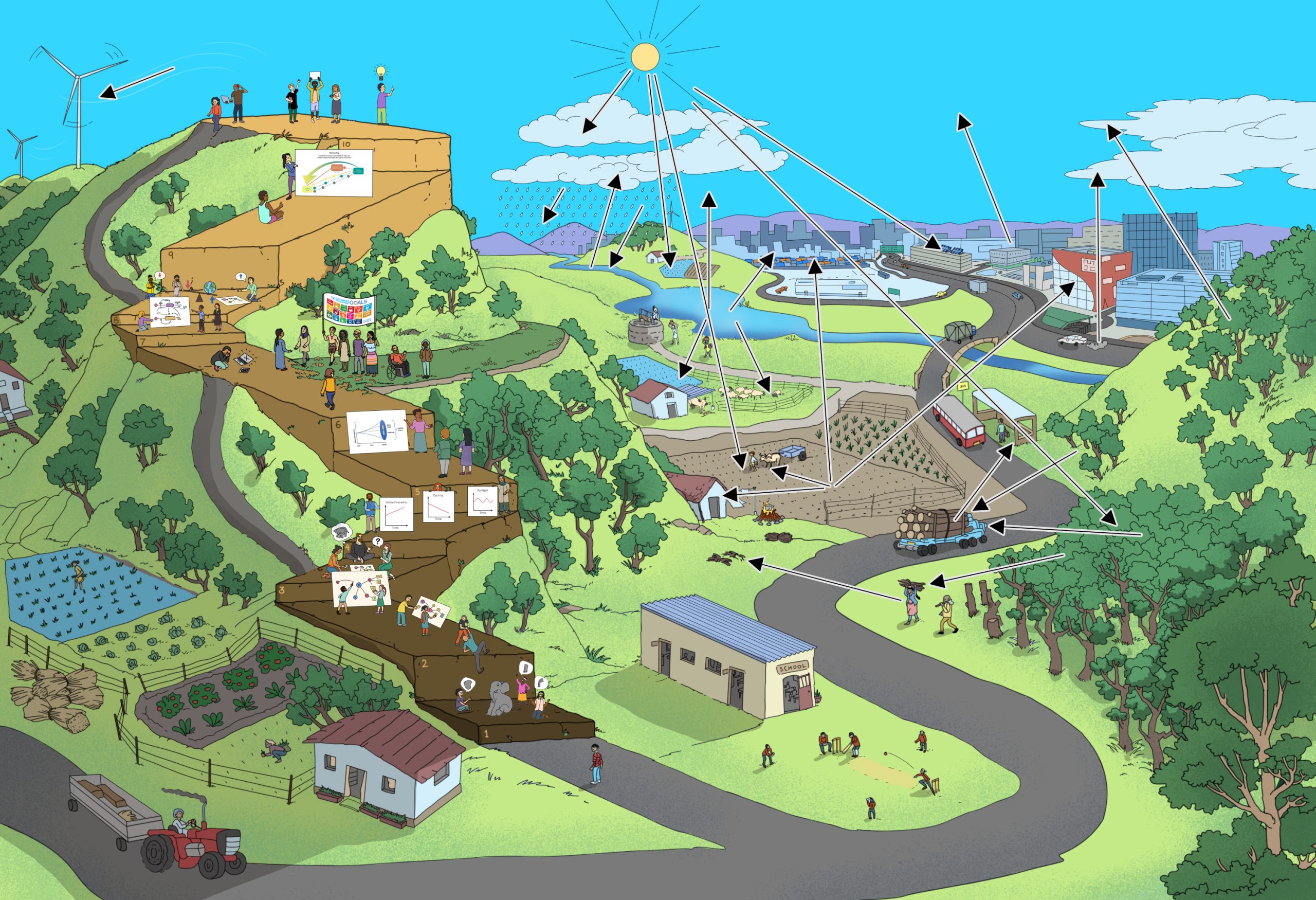Systems thinking is the ability to describe and/ or visualise a part of a complex reality,express that part of reality as a model, understand the model as a system, use the model to explain the behaviour of the system, anticipate the behaviour of the system, and evaluate its impacts on sustainable development, identify potential points of, and types of interventions, generate options to act, assess their impacts in the frame of sustainable development, and decide whether further actions are necessary or not.
What is the aim?
To enable learners to:
- Produce a structured description of the potato chips package, including
- constituent elements and their physical characteristics,
- numbers or quantities, if relevant,
- perceptions and feelings about potato chips, and the situations in which we eat them.
- Reflect on their knowledge about potato chips, recognise that knowledge can be enhanced by other sources, and develop the ability to seek out information.
Note for the facilitator
Here are two activity suggestions for how to introduce the topic to the learner. You may use the activities to introduce the two perspectives of production of potato chips, and nutrition from potato chips.
Activities, tasks, and suggested learning methods
Activity: “Tell me your flavour, and I will tell who you are!” (Potato Chips tasting)
Material
Different types and flavours of potato chips, plates
Procedure
- Put the plates with different types of potato chips on a table. The learners should not know which flavour or brand of chips they will taste.
- Ask the learners to taste the potatoes chips. Each learner should taste one type and describe the main characteristics. Ask them to brainstormthe main characteristics of the different types of chips; they should make notes of the main points of their discussion.
- After they have tasted all the options and made notes, they should exchange information in groups of a maximum of four learners. They can collate and present the information in a table (see example below).
- Next, they should combine the information they have gathered, think about it, and discuss their observations: What do these chips have in common? What is different? (Such as taste, smell, consistency, weight, surface, thickness, and any other aspects they can think of).
- Each group will make a description about the characteristics of the potatoes by using the format of a structured description.Once it is completed the learners could reflect about what they know about the production and consumption of chips and list further questions that come to their mind.
Activity: “We eat potato chips when….”
Material
Different types of potato packages and pictures of different situations in which people might eat chips.
Procedure
- Potato chips package
- Give the packages of the potato chips to the learners and ask them to observe and describe (as detailed as possible) the package and its elements.
- Learners should make a description of the elements they observed using the format of a Structured Description.
- Pictures
- Each group will receive a copy of the collage of ‘Chip Snacking Situations’.
- Based on the method Think, Pair, Shareeach group will describe the picture taking in consideration the following points:
- Describe the situation in detail
- Where is it taking place?
- How many people?
- What is the purpose of the picture?
- What is the message of the picture?
- They can integrate the information in a table format, and once they finish the descriptions they should share the results in plenary.
- Each group has to introduce their potato chip packet and picture and their description, taking in consideration the following question: Why do we love to eat Chips in leisure time moments? Is the taste of the Chips or the social moment helping us to relax?
- The learners could reflect about what they know about the production and consumption of Chips and formulate some open questions.
Note to the facilitator
The outcome of this activity will be use as a help for the development of step 7.
Suggested Further Leading Questions
- What are chips made of?
- What is needed to produce the chips?
- Who produced the chips?
- Were the chips produced by one or by many people?
- Where were the chips produced?
- Where do the needed components come from to produce the chips?
- What are the consequences for society and nature?
- In which conditions are they produced?
- Why do we eat chips?
- How are the potato chips digested?
- How can we identify the taste of the potato chips?
- Is it healthy to eat potato chips?
- How did the potato chips package get into the store?
EXAMPLE
Tasting potato chips
| Type of Potato chip | Form | Smell | Taste | Image |
| Chip type 1 | Wavy, curved, oval, yellow/white. | salty potato, grease odour, light to salt. | great taste, salty, crispy, leaves a slight oil sensation. |  |
| Chip type 2 | Pinstripe wavy, curved, oval, embossed zig zag, orange-yellow colour. | strong smell of cheese, cheddar cheese. | cheese and salt, spicy with a hint of cheese. |
|
| Chip type 3 | Triangular with relief, dark yellow. | chili and lemon, spicy with cheese. | chili, lemon, onion, slightly spicy, cheese flavour predominates. | 
|
| Chip type 4 | Spiral, braided, brownish-orange, opaque orange. | chili and cheese, slightly salty with cheese. | spicy, cheese with a hint of salt, salty with lemon, cheese, and chili. |  |
| Chip type 5 | Waffle shaped, grid, yellow. | Flour and strong cheese, orange, the cheese predominates. | rough, puffy texture, cheddar cheese with lemon and salt. |  |
EXAMPLE – Chip Snacking Situations
Chip Snacking Situations
Pictures of the different countries in different situations eating chips. (Self-made by the members)

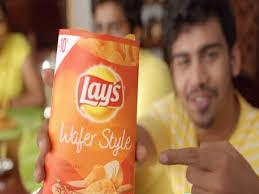
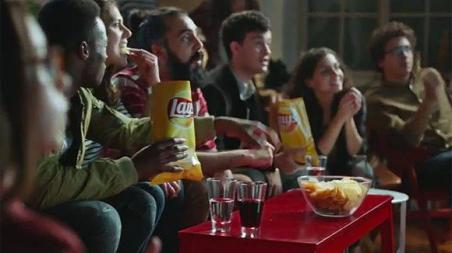
ROUGH TO BE FINALIZED

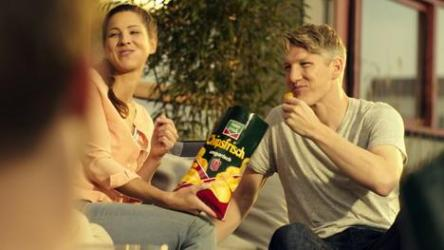

EXAMPLE of a table template to analyse Chip Snacking Situation
| Situation 1 | Situation 2 | Situation 3 | Situation 4 | |
| Describe the situation | ||||
| Where is it taking place | ||||
| How many people? How are they distributed? | ||||
| Purpose of the picture? | ||||
| Message of the picture? |
EXAMPLE
Structured description of a Chips package
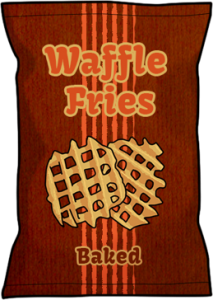
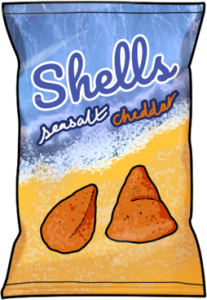
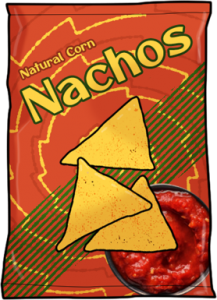
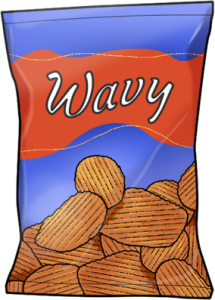
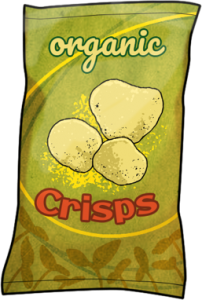
Chip type 1
It does not look particularly attractive to the eye, but highlights the yellow colour of the packaging
Front: Looks like a shooting target in different tones of yellow, in the bullseye is the brand logo. You can see sliced potatoes all around the front. On the left down corner, we see half potato and some slices coming out. In the right upper corner, we see the nutritional stickers that warn us about the excess calories of the product. One slice of potato chips is pointed out with the information “only 3 ingredients, potato + oil + salt”.
Back: The background is silver colour. On the right side at the top, we can see the nutritional facts followed by the ingredients and the
commercial information. Below we see a small presentation of the company logos, followed by the barcode and finally we see three small circles with recycling information as well as a contact telephone number.
On the left side on top, we see an open sack with fresh potatoes, surrounded with some green leaves. Below this image the brand logo appears with the legend “We use organic potatoes”. After the logo we see another semi-peeled potato, the peel still on the potato and a new legend says “100% potato”.
In bigger letters, we can read “Just the traditional taste of chips, with each crunchy bite”. Below this we see a potato chip, a QR code and the social media handles of the brand.



